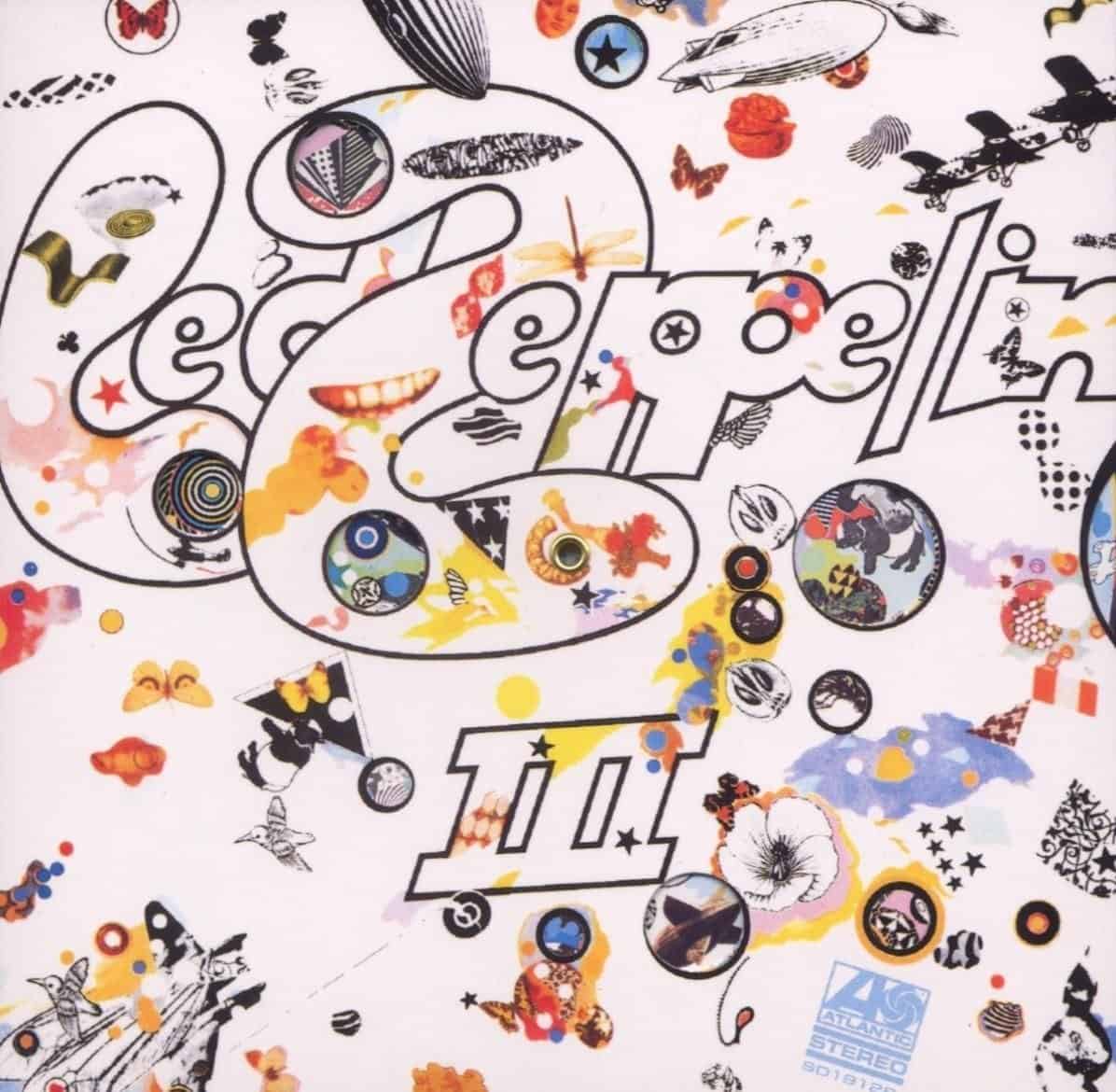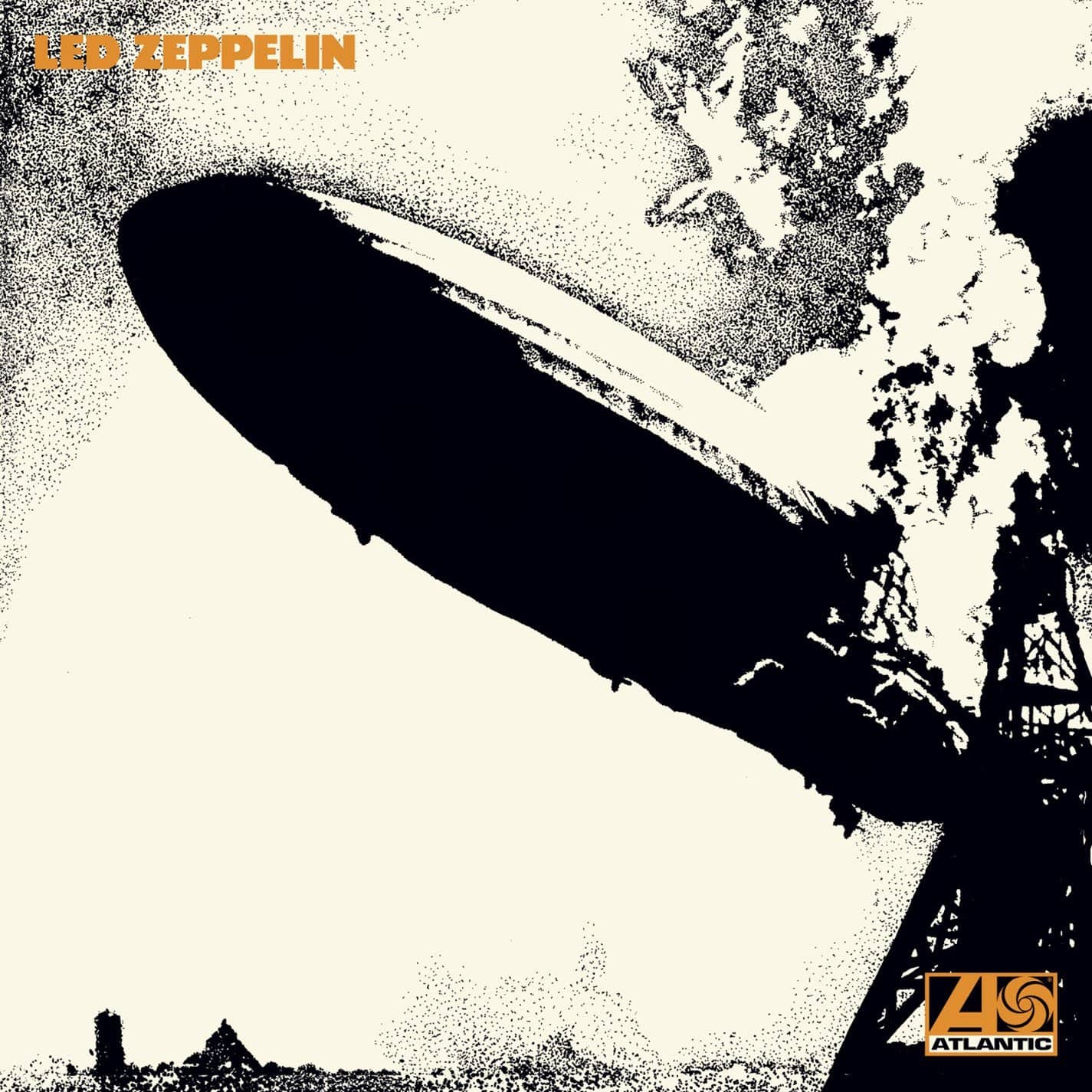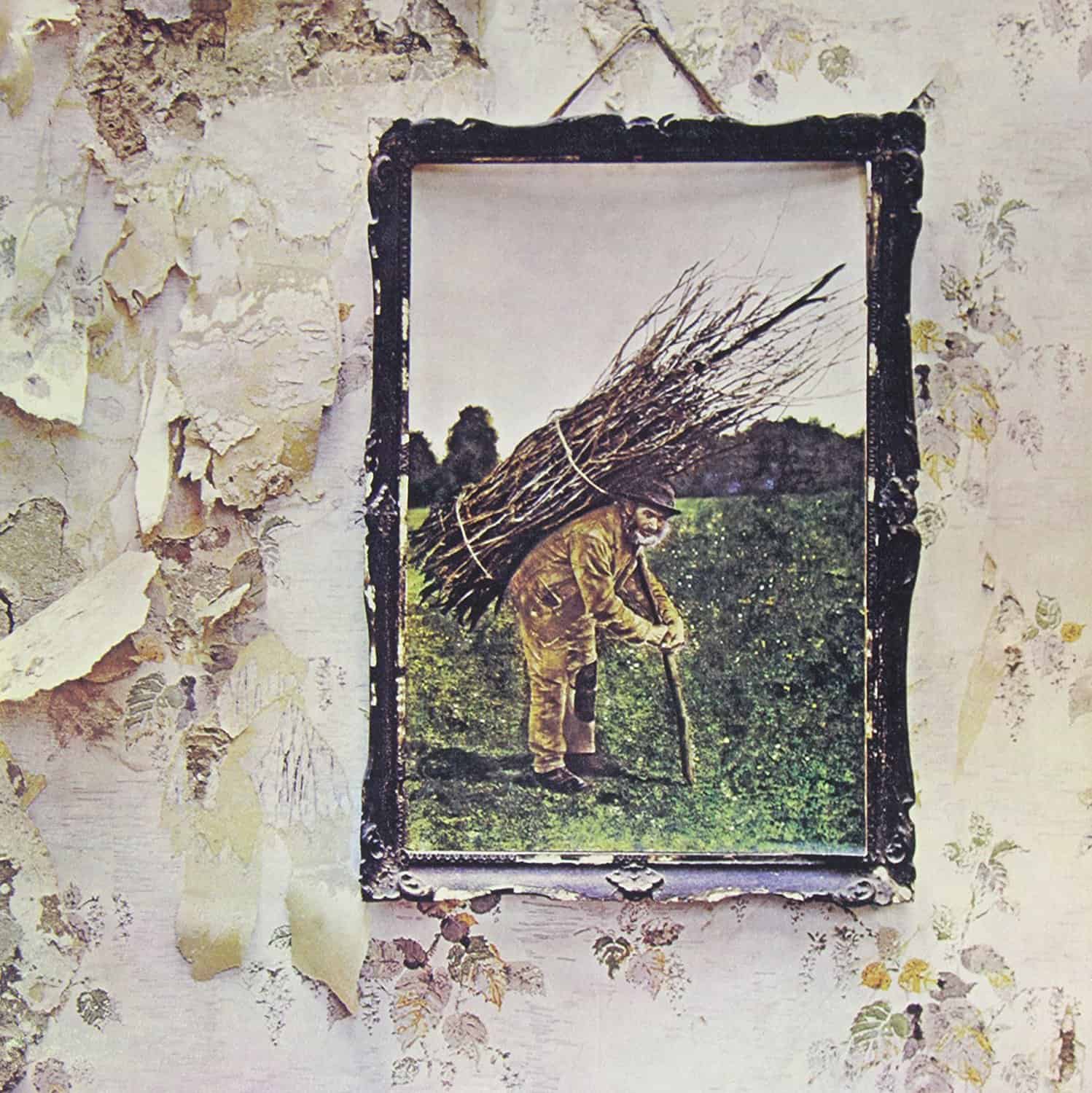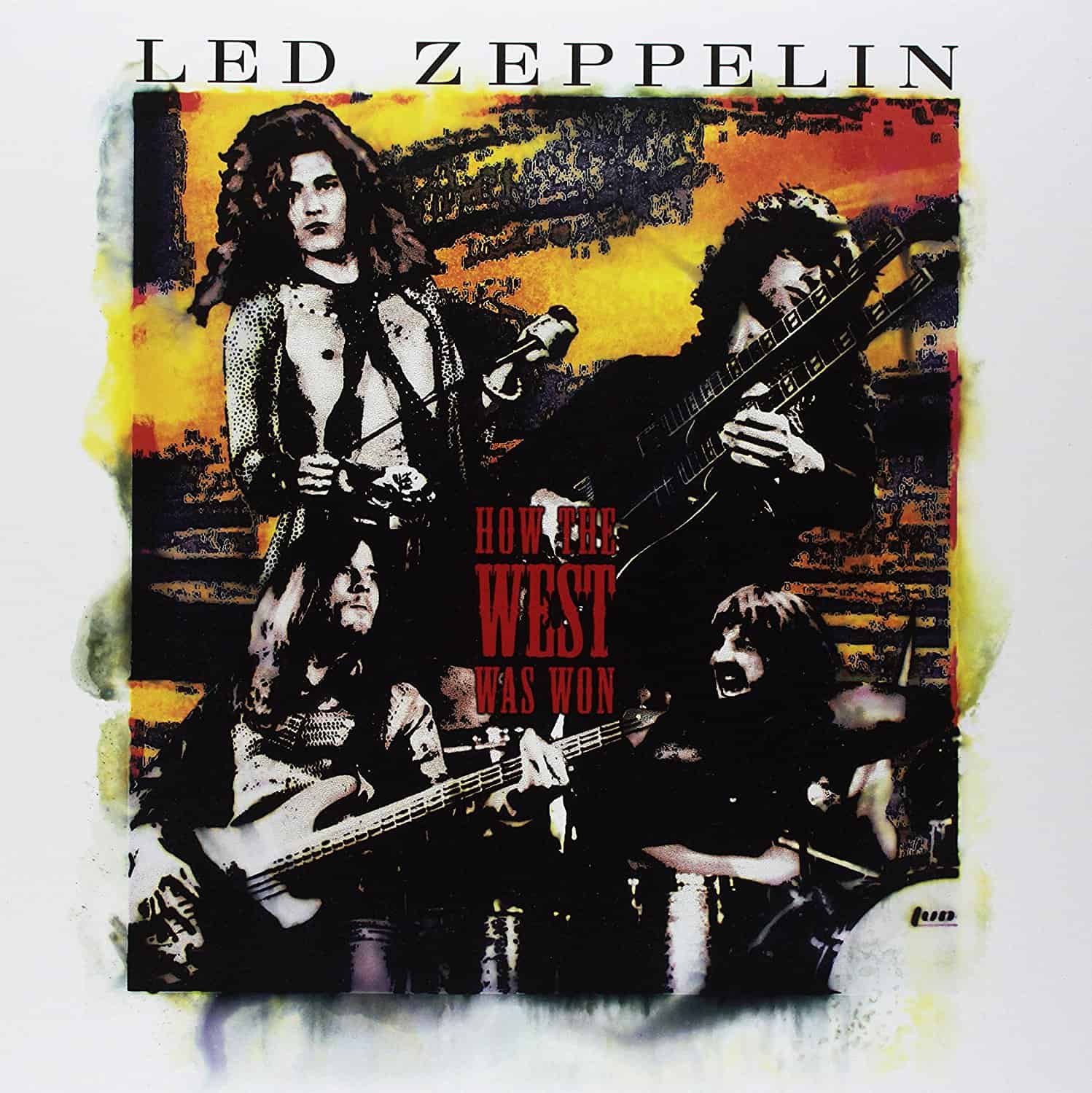Marketplace
2014 Atlantic Records PRESSING
- Catalog Number R1 535344
- Release Year 2014
- Vinyl Mastering Engineer John Davis (Metropolis Mastering)
- Pressing Weight 180g
- Jacket Style Gatefold
When listening to this album I think of this band or music:
Blind Faith, because of the creepy cover. And the song “D’yer Mak’er” always makes me think it belongs on a David Bowie album.
I would listen to this album while:
Going about my daily chores, sitting down for the good bits.
Music from this album would be a great soundtrack to this movie:
“D’yer Mak’er” could easily serves as a substitute in the last scene of The Silence of The Lambs as Hannibal Lector follows Dr. Chilton in Bermuda to “have a friend for dinner”: “Oh, oh, oh, oh, oh/You don’t have to go.”
Led Zeppelin’s fifth studio album was released in March 1973 after a hiatus of 16 months, an eternity for the band and anxious fans. The set (for the first time) contains only original material, and the production reflects the group’s emphasis on layering sound more than ever before. While better than the albums that followed, it lacks the coherence and excitement of the quartet’s first four efforts. Sure, it contains staples—”No Quarter,” “The Song Remains the Same,” “The Rain Song”—but nothing holds Houses of Holy together like the “old” days. An outstanding record, then, sin the shadows of Led Zeppelin IV.
Houses of Holy’s layering and complexity runs headlong into the 2014 reissue’s compression and emphasis on bass, a bit of a bad mix. The U.K. pressing shines by extracting more texture and getting the voices right, and early U.S. editions are very close to if not as magical as the U.K. version. The out-of-print Classic Records reissue claims punchier bass, but the inner voices are bleached and the space between the instruments sterile and comparatively empty—making this expensive option an easy pass.
Unfortunately, the 2014 Atlantic reissue remains the worst of the lot, with the digital heritage obvious on voice and guitar. Also, be sure to avoid eBay hype about “RL” copies of the U.S. pressing. Unlike early Led Zeppelin II editions, there is no “loud cut” to warrant the premium price.
Houses of the Holy

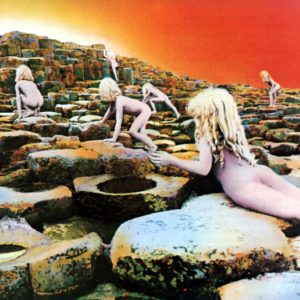
 4
4
